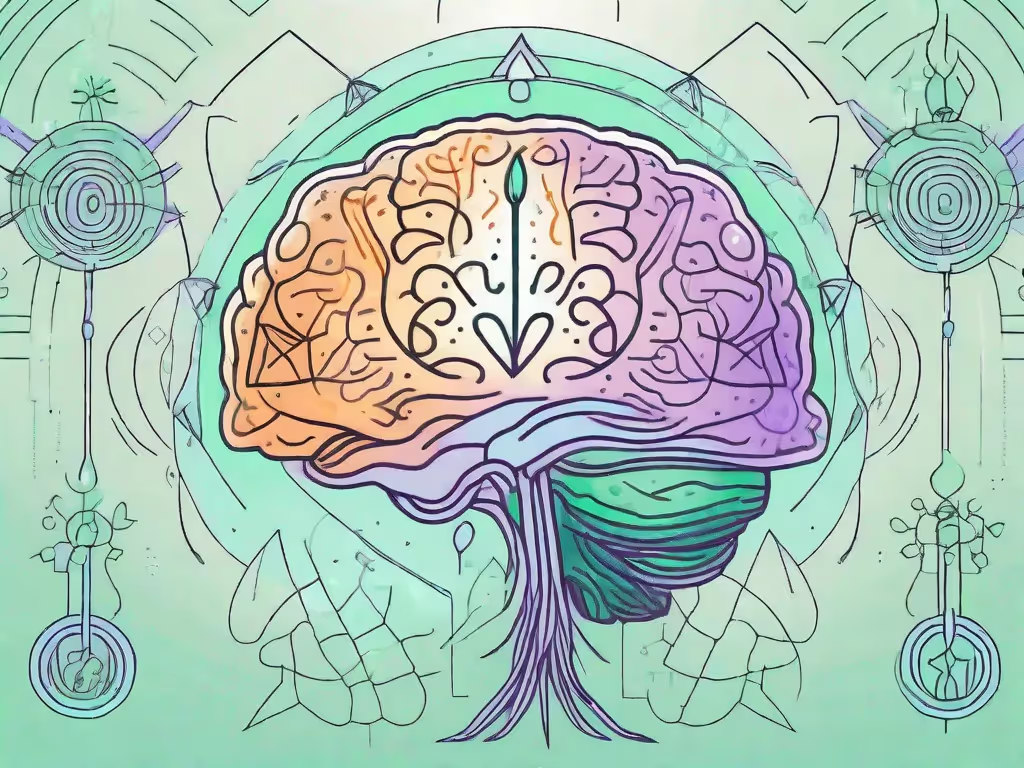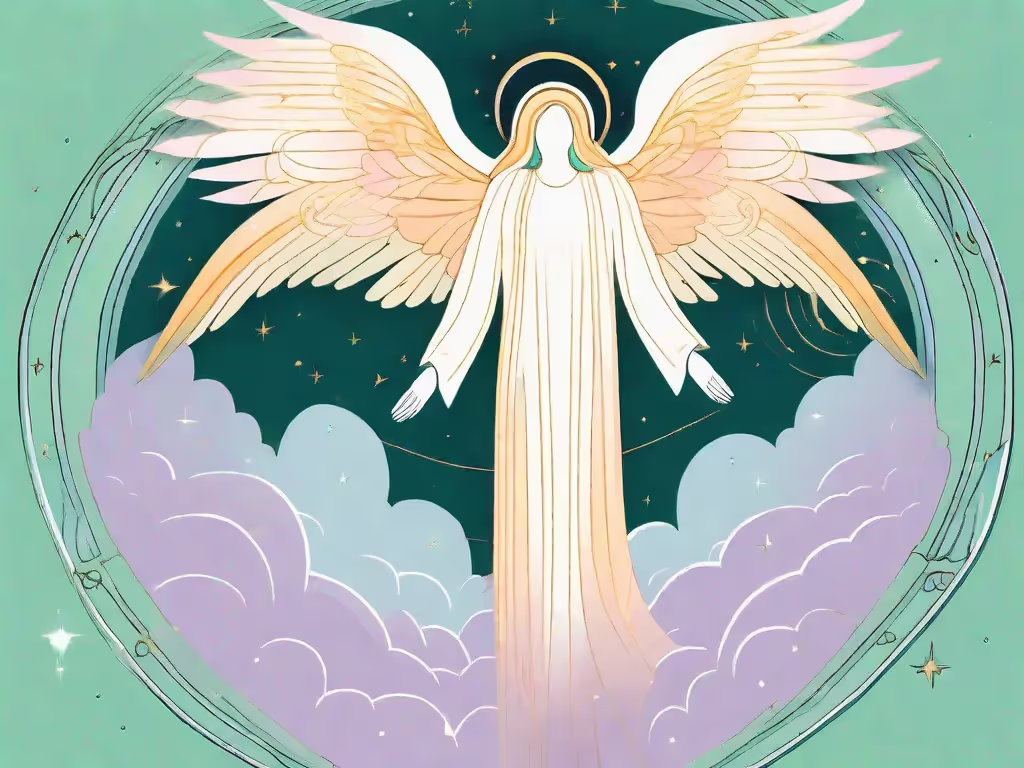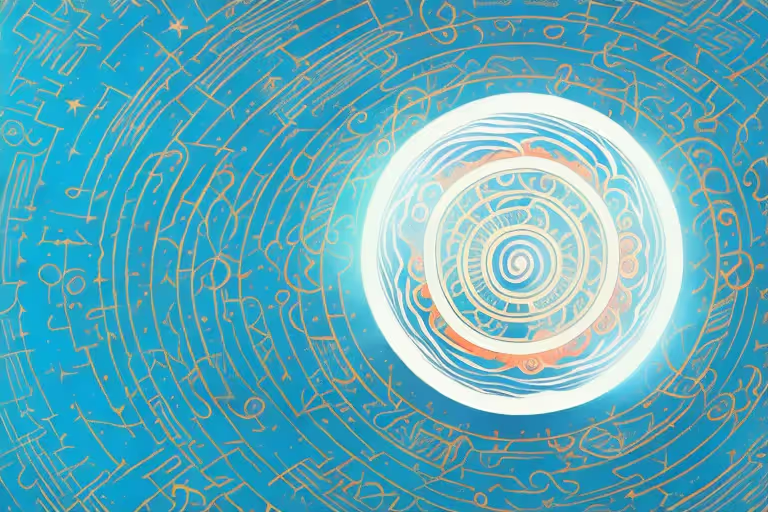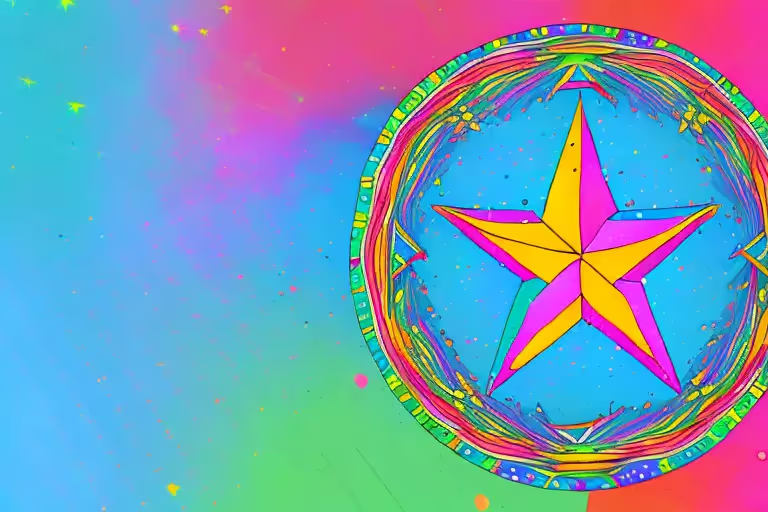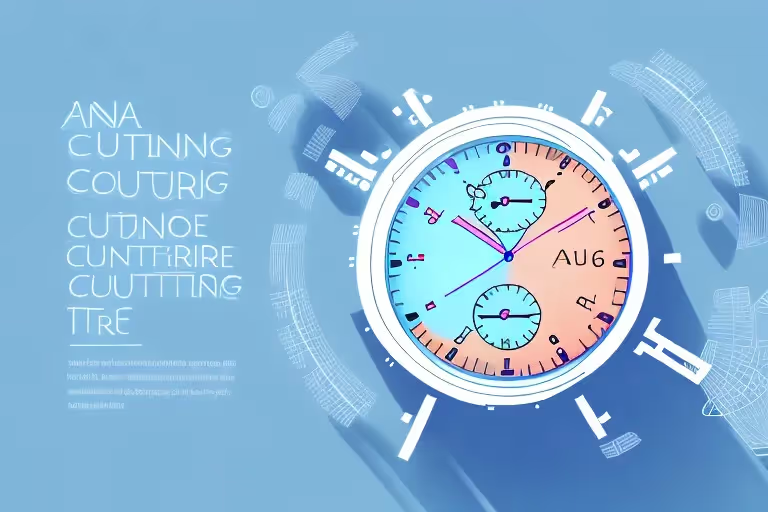The Hierophant card in tarot is a complex and multi-layered symbol that represents the bridge between the physical and spiritual worlds. Understanding the deeper meanings and messages conveyed by this card can help practitioners gain a deeper understanding of themselves and their place in the world.
Understanding the Hierophant in Tarot
At its core, the Hierophant represents spiritual guidance and instruction. This card is often associated with religious or spiritual leaders, as well as institutions such as churches and temples. In a tarot reading, the Hierophant can represent a need for structure and guidance in one's spiritual journey. This can manifest in a variety of ways, from seeking out a mentor or teacher to joining a formal religious organization.
The Hierophant's Role in Tarot
The Hierophant serves as a reminder of the importance of tradition and ritual in spiritual practice. This card emphasizes the significance of following established customs and practices in order to deepen one's connection to the divine. The Hierophant encourages practitioners to seek out wisdom and teachings from trusted sources, and to incorporate those teachings into their own spiritual practice.
It is important to note that the Hierophant's emphasis on tradition and hierarchy does not mean that one must blindly follow the teachings of a particular religious or spiritual institution. Rather, the Hierophant suggests that there is value in exploring and understanding the history and context of one's spiritual practice in order to fully appreciate its significance.
Furthermore, the Hierophant's role in tarot can also extend beyond the realm of spirituality. This card can represent a need for structure and guidance in other areas of life, such as education or career. Just as the Hierophant encourages individuals to seek out mentors and teachers in their spiritual practice, this card can also suggest the importance of seeking out guidance and mentorship in other areas of life.
Symbolism and Imagery of the Hierophant Card
The Hierophant is often depicted wearing ornate religious vestments, holding a staff or wand, and seated on a throne. The imagery in this card reinforces the idea of tradition and hierarchy, as well as the importance of formalized spiritual practices. The keys at the feet of the Hierophant symbolize hidden knowledge or secrets that can only be unlocked through guidance from a spiritual teacher or mentor.
However, it is important to note that the symbolism and imagery of the Hierophant can vary depending on the specific tarot deck being used. Some decks may depict the Hierophant in a more modern or unconventional manner, emphasizing the importance of adapting traditional practices to fit contemporary contexts.
The Hierophant's Connection to Spirituality and Religion
The Hierophant's association with religious and spiritual institutions is a reflection of its role in guiding individuals on their own spiritual paths. This card can indicate the need to seek out communal spiritual experiences, such as attending a religious service or participating in group meditation. The Hierophant can also suggest a need for spiritual retreat or contemplative practices in order to deepen one's connection to the divine.
It is important to note that the Hierophant's connection to spirituality and religion does not necessarily imply a specific religious affiliation or belief system. Rather, this card emphasizes the importance of seeking out guidance and wisdom from trusted sources in order to deepen one's spiritual practice.
In conclusion, the Hierophant serves as a reminder of the importance of tradition, structure, and guidance in spiritual practice. Whether one is seeking out mentorship in their spiritual journey or guidance in other areas of life, the Hierophant encourages individuals to seek out trusted sources of wisdom and to incorporate that wisdom into their own practices.
The Hierophant in Different Tarot Decks
The Hierophant is a powerful and complex card in the tarot deck, representing tradition, authority, and spiritual guidance. While the basic meanings of the Hierophant remain consistent across most tarot decks, the imagery and symbolism used to represent this card can vary widely. Here are a few examples:
Rider-Waite Hierophant
The Rider-Waite tarot deck is one of the most widely recognized and popular decks in use today. In this deck, the Hierophant is depicted wearing a white robe and holding a triple-tiered crown. The pillars on either side of the Hierophant represent the pillars of Boaz and Jachin in the biblical temple of Solomon. The Hierophant's raised hand is a gesture of blessing and guidance, emphasizing the importance of tradition and spiritual authority.
Some interpretations of the Rider-Waite Hierophant suggest that this card represents the traditional religious establishment, and the importance of conforming to established norms and practices. Others see the Hierophant as a figure of spiritual guidance, offering wisdom and insight to those who seek it.
Thoth Hierophant
The Thoth tarot deck was created by the influential occultist Aleister Crowley, and features a number of unique interpretations of traditional tarot symbols. In the Thoth deck, the Hierophant is depicted as a wise old man holding a staff or wand. The Hierophant's ornate robes and headdress are adorned with symbols of the sun and moon, emphasizing the balance between light and dark, masculine and feminine.
Some interpretations of the Thoth Hierophant suggest that this card represents the inner teacher or guru, offering guidance and insight to those who seek spiritual enlightenment. Others see the Thoth Hierophant as a symbol of the power of tradition and ritual, and the importance of adhering to established practices and beliefs.
Marseille Hierophant
The Marseille tarot deck is one of the oldest and most traditional tarot decks, with roots dating back to the 17th century. In the Marseille deck, the Hierophant is depicted as a figure shrouded in mysterious robes and holding a cross. The Hierophant's posture and facial expression suggest an air of authority and reverence, emphasizing the importance of tradition and spiritual guidance.
Some interpretations of the Marseille Hierophant suggest that this card represents the power of the church or religious establishment, and the importance of adhering to established dogma and doctrine. Others see the Marseille Hierophant as a symbol of the power of spiritual authority, and the importance of seeking guidance and wisdom from those who have gone before.
Modern Interpretations of the Hierophant
Modern tarot decks often feature interpretations of the Hierophant that depart from traditional symbolism. For example, some decks depict the Hierophant as a woman, or as a figure from a non-Western spiritual tradition. These interpretations reflect a growing awareness of the diversity of spiritual practices and traditions around the world, and the importance of seeking guidance and wisdom from a variety of sources.
Some modern interpretations of the Hierophant suggest that this card represents the power of the inner teacher or guru, and the importance of seeking spiritual guidance from within. Others see the Hierophant as a symbol of the power of tradition and ritual, and the importance of adhering to established practices and beliefs.
Whatever interpretation one chooses, the Hierophant remains a powerful and complex symbol of tradition, authority, and spiritual guidance in the tarot deck.
The Hierophant in Tarot Readings
The meaning of the Hierophant can vary depending on the context of a tarot reading. Here are a few examples of how the Hierophant might be interpreted in different types of readings:
The Hierophant as a Guide
If the Hierophant appears in a reading focused on personal growth or spiritual development, it may suggest a need for guidance from a more experienced practitioner or mentor.
The Hierophant in Love and Relationships
When the Hierophant appears in a reading about love or relationships, it may suggest a need for greater commitment or formality in the relationship. The Hierophant can also indicate the influence of religious or cultural traditions on the relationship.
The Hierophant in Career and Finance
If the Hierophant appears in a reading focused on career or finance, it may suggest the need for a more structured or hierarchical approach to one's work or finances. The Hierophant can also indicate the influence of institutional or organizational structures on one's career or financial situation.
The Hierophant in Spiritual Growth
If the Hierophant appears in a reading focused on spiritual growth or development, it may suggest the need to seek out more formalized spiritual practices or to deepen one's connection to traditional spiritual wisdom.
The Hierophant Reversed
When the Hierophant is reversed in a tarot reading, its meaning can be shifted or obscured. Here are a few potential interpretations:
Interpreting the Reversed Hierophant
When the Hierophant is reversed, it may indicate a resistance to traditional or formalized spiritual practices. This can manifest as a rejection of religious or spiritual institutions, or a tendency to seek out alternative or non-traditional spiritual paths.
The Reversed Hierophant in Love and Relationships
When the Hierophant is reversed in a reading about love or relationships, it may suggest a need to break free from limiting or restrictive traditions or expectations. This can indicate a desire for greater personal freedom or non-traditional relationship structures.
The Reversed Hierophant in Career and Finance
If the Hierophant is reversed in a reading about career or finance, it may suggest a need to break free from hierarchical or institutional structures that have been holding one back. This can indicate a desire to pursue a more independent or unconventional career or financial path.
The Reversed Hierophant in Spiritual Growth
When the Hierophant is reversed in a reading focused on spiritual growth or development, it may indicate a need to break free from outdated or limiting spiritual traditions and explore new and innovative approaches to spiritual practice.
Conclusion
Unlocking the mysteries of the Hierophant can be a challenging yet rewarding journey. By understanding the symbolism and teachings of this card, practitioners can gain a deeper appreciation for the role of tradition and hierarchy in spiritual practice, and can find new ways to connect to the divine.
Aura is Your All In One App for Meditation, Mindfulness Wellbeing
Find peace every day with one app for your whole well-being. There is no one-size-fits-all solution to mental well-being. Aura is the first all-in-one wellness app that learns how to best help you. Discover an endless library of expert-created tracks for your well-being, all taught by the world’s best coaches, therapists, and storytellers. With Aura's personalized recommendations, you can find peace every morning, day and night.



.webp)





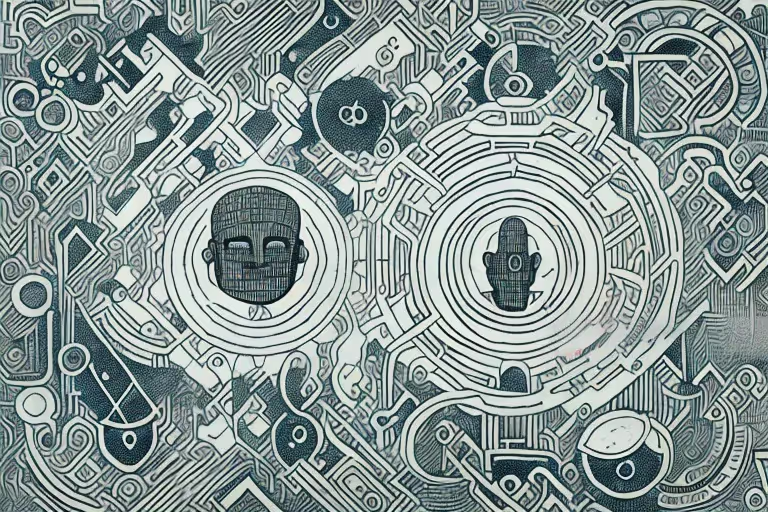
.avif)

%20(1).avif)


.avif)
.avif)
.webp)


.avif)


















































































































.avif)

















.svg)

